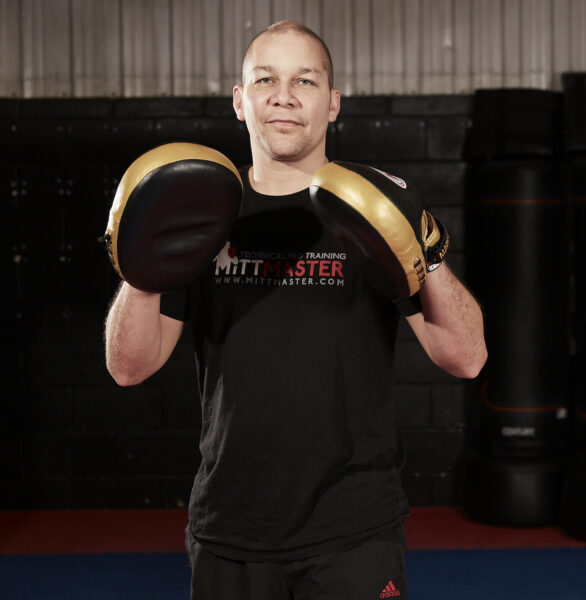It was a Seattle snowstorm that forced Jessica McMurdie to reconsider her business model.
As a pediatric occupational therapist and clinic owner with a staff of ten, her days back then consisted of face to face appointments with children with developmental disabilities, meetings with her staff, and general management of her two clinic locations.
A big snowstorm in 2016 exposed the vulnerabilities of her practice, forcing both clinics to shut down for two weeks. In a typical month, her clinics provide services to 800 children with disabilities, so a two-week shutdown had a significant impact on around 400 children and their families.
Jessica didn’t want her clients to be in a situation like that again. In response, she went through the painstaking, complex process of implementing telehealth into her business, checking every box from technical implementation to therapist training to client onboarding. It was painful at times, but proved to be well worth it in the long run.
Being prepared for anything
Having a telehealth service as a backup plan ended up saving her business when the COVID-19 pandemic hit in early 2020. As lockdown mandates started rolling in across North America, her clinic, therapists, and 800 clients transitioned to telehealth literally overnight. The transition from a brick and mortar, in-person practice to online platform was seamless – her therapists were trained, the technology was implemented and the processes were in place.
Unfortunately, other practices and clinicians were not as prepared. Jessica watched as other clinics were forced out of business, with friends and colleagues losing their livelihood as they struggled to find a way to provide their services digitally.
Recognizing an opportunity
Jessica started to write about how she implemented telehealth into her practice via her blog, and quickly came to the realization that many therapists needed guidance and support in implementing telehealth so they could save their practice.
Although her primary audience was her patients, she made the decision to create an online course for an entirely different audience, her colleagues, in the hope that she could transfer her hard-won lessons in telehealth for pediatric occupational therapy.
As a first-time course creator, Jessica was unsure of how to judge the quality and effectiveness of her course and searched for a litmus test. To ensure the content she created met the highest standards, she went as far as getting it approved as an officially accredited course by the American Occupational Therapists Association, which helped to increase the value of the course and ensure a successful launch to her niche audience in August 2020.
Her recipe for online course success
Jessica’s unique approach to online course creation reveals an interesting recipe for success.
Many course creators tend to create content for wide audiences solving general problems, selling larger volumes at a lower cost. Jessica shows the merit of an alternative strategy, focusing on a specific audience and problem with deep content means lower volume but at a higher price.
Niche Audience + Specific Problem + Deep Content = High Value
Now let’s break those down:
Niche Audience: As a veteran pediatric occupational therapist and clinic owner, Jessica had intimate knowledge of both the business and therapy side of a very specific group of professionals. She knew why they did what they did, what they cared about, and what they feared.
Specific Problem: She had already recognized a significant problem her field was facing and worked to solve it in 2016. When the pandemic hit, she immediately knew how big of a problem this was for OT businesses, because she had spent so much time thinking about it. She knew this wasn’t something businesses could ignore.
Deep Content: Because she knew the problem and its solution in such depth, she produced content that helped her students deeply understand and address the problem. She focused on creating rich, valuable content, instead of starting with a lean course as is standard for online course creation. It’s accreditation by the AOTA signaled it’s caliber and increased its value, ultimately increasing her revenue.
This type of course creation strategy lends very well to seasoned veterans in regulated fields like Jessica’s. These people know what the big problems are, often know how to solve them, and may be able to seek course accreditation by their regulating body. They may not have a massive audience, but the value of their expertise makes up for it.
Leveraging content for sales and marketing
Another benefit of having a course with such deep and valuable content was that Jessica was able to utilize parts of it as a sales and marketing tool in the form of a webinar. Since launching, tests revealed that she gets more sales after a live webinar than the recorded videos generate. She now hosts a regular webinar that utilizes enough of her course content to make it valuable, without giving so much away that students would no longer need the course. Prospective students are welcome to enroll in the free masterclass, then receive a discount on the course if they decide it’s right for them. It’s a helpful way for potential students to have the chance to preview and get to know Jessica’s teaching style before they enroll in the paid course.
Despite considering herself to be not particularly gifted with technology and software tools, Jessica has become an innovator in her field by simply paying attention to what’s going on and solving problems in the most thorough way possible. Most inspiring of all, is why she does what she does (taken from her personal website playitfowardtherapy.net):
“My personal definition of “pay it forward” is when you channel the love and kindness that has been shown to you and share it with others. In other words, show your love, share your knowledge and play it forward.”
Sharing knowledge in the name of love, kindness, and concern for others is a sentiment we can get behind, especially in 2021. Kudos to you, Jessica.






